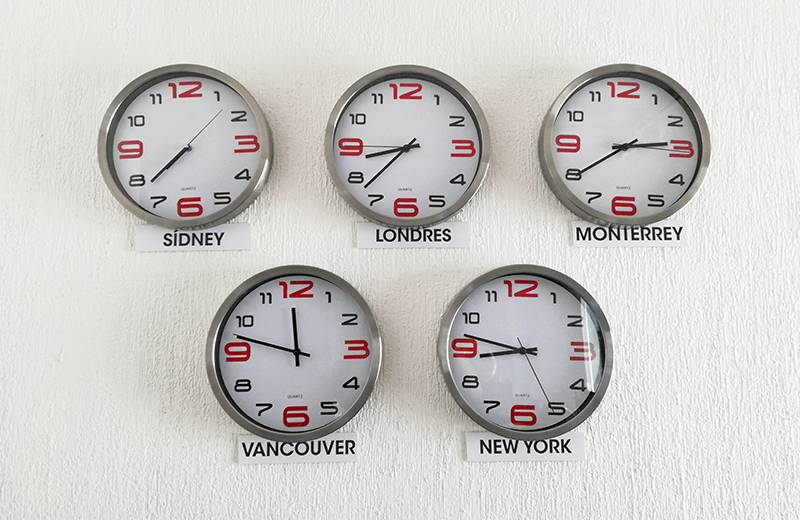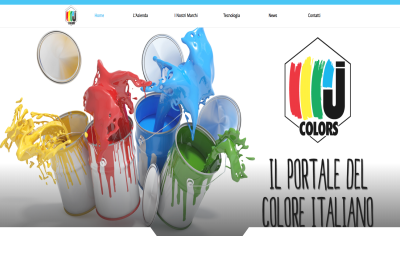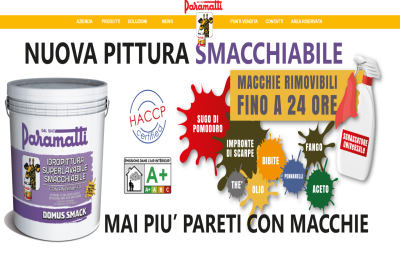This week, we are glad to present an interview with our translation partner Espresso Translations, an ISO-certified British translation agency.
How long has your service been translating?
Espresso Translations was formed in 2011, so we have been translating for almost 8 years in total. We started out as two translators working together in tandem to complete translations in the IT>EN language pair. Over time, our client base drastically increased and so in 2012 we formed a translation agency. In 2018, we became ISO-certified for translation quality standards, so we have certainly crammed a lot into a relatively short space of time!
Where are you located?
Our principal business is conducted online and we have clients located all around the world. We have an office in Covent Garden in London and our HQ is located in Milan. We plan to open further offices over the next few years. Our translators are also located all around the world, meaning we can cater to all time zones and benefit from time differences when catering to urgent or next-day deadlines.
For what industries do you translate?
We translate for every industry, there’s actually no field we don’t cover.
“Our translators are either generalists – meaning they work on generic texts – or specialists – meaning they are specialised in a particular field.”
Some of the most common industries we translate for are business, legal, medical and financial. That said, we don’t just focus on big industries. We also have many smaller clients so we have done a fair few random translations in the past, including several love letters!
How often do you translate websites and how long do your translators take to translate a website? What’s the process like?
We frequently translate websites, it’s actually one of our biggest translation areas. In terms of how long it takes to translate a website, depends not only on the size of the website, but also how technical the text is and the format it is delivered to us in. On average, a translator can comfortably translate 3000-3500 words per day, less if the terminology is particularly technical and terms require some research.
Our process is:
- Calculate the total number of words to be translated and provide a quote
- Transfer the text into a translatable format
- The text is translated by a native speaker (specialised in the particular field if applicable)
- The text is then revised by a second native translator
- The translation is subjected to strict quality assurance protocols
- The final text is then delivered to the client. We tend to prefer 100% human translations, but we do also translate using CAT tools when requested by clients
What kinds of WordPress websites do you translate most often?
We mainly translate and localize e-commerce websites for clients looking to expand their sales overseas or online blogs looking to attract a global readership.
How do you ensure that translations are accurate and match the tone of the website?
Firstly, we ensure that we receive a full brief from each client, highlighting exactly what style and tone of voice they want to express. We then brief our experienced translators on this to make sure our clients are getting their desired result.
We do, however, also provide the client with suggestions, or rather localization tips, that will make for a better user experience for their foreign users by adapting to their local culture. Secondly, as we are ISO-certified, every translation is double-checked by a second native-speaking translator and subjected to strict quality assurance protocols before delivery to ensure the highest level of accuracy.
What 3 challenges do you find when translating WordPress websites?
“The main challenge we have is calculating the total number of words to be translated, which is the basis of our quotes. Often there appears to be a small amount of text on a page, but there are actually lots of other elements that cannot be seen but still need to be translated, for example meta titles & descriptions, image alt tags etc. which are all very important SEO factors.”
Another challenge we have (understandably) is clients being reluctant to provide us with access to their website to make changes directly, but then they struggle themselves with how and where to insert the translated text. This often means a lot of back and forth with technical advice, which we are happy to assist with, but at the same time it becomes a much more demanding task for clients.
When using a plugin such as WPML, which is a huge help regarding the above 2 points, at times we can struggle when a client has used a content builder to build their WordPress website. The reason for this is that WPML is unable to recognise certain parts of the content due to the way the builder had coded the text in the back-end.
What makes Espresso Translations special? What would you tell our readers who are thinking about working with you and WPML?
“The thing that makes us special is our customized and friendly service.”
Being assigned a Project Manager from the outset, clients have the same point of contact throughout the entire course of the translation and aren’t passed from one person to another. We also have a team of tech-experts, who are able to help with any technical issues or difficulties a client may be experiencing. Another USP of ours is that we endeavour to respond to all queries and quote requests from clients within the hour (during office hours, of course! We do sleep sometimes!).
“We try to make everything as easy as possible for our clients and the use of the WPML plugin massively facilitates and speeds up the translation process for everyone involved.”
Can you give some examples of recent WordPress translations that you completed successfully?
We translated our own entire website: Espresso Translations
Additionally, we are currently working on the translation of the following websites:
Ready to send content for professional translation?
Are you interested in taking your translations to the next level by using a professional translation service?
It’s easy:
- Make sure to have WPML Translation Management and WPML String Translation activated in your site.
- In the WordPress admin, go to the WPML -> Translation Management page and click the Translation Services tab.
- Activate the translation service of your preference and authenticate it. For this, you will need to create an account on that service’s website.
- Go to the Translation Dashboard on the WPML -> Translation Management page and select content to send for translation. Add selected content to the Translation Basket.
- Finally, go to the Translation Basket tab, select to translate it using the selected translation service and send it for translation.
You can find the full instructions on the page about sending content for translation.








